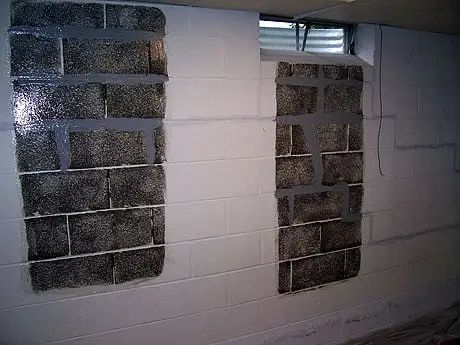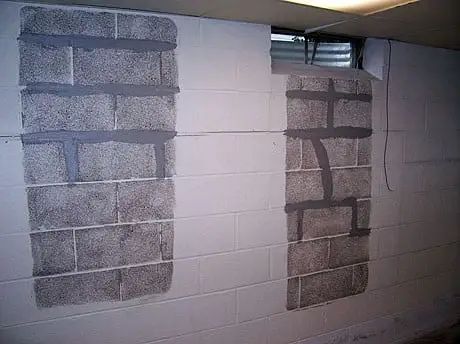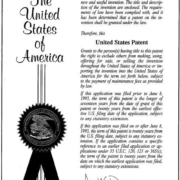Why Basements Are the Perfect Home for Mold
Mold is a fungus that gets its food from decaying matter and from materials often used in construction such as cellulose. They also feed on the organic fibers used in home furnishings. They tend to be light-sensitive which is why they are commonly found in relatively dark areas such as your basement. They reproduce by releasing millions of spores and they require a lot of moisture. Mold needs oxygen to grow, and thrive in the same temperatures that humans prefer.
The basic requirements for mold to grow in your home are summarized as:
- Oxygen
- Mold Spores
- Food
- Moderate temperatures
- Moisture
If you remove any one of the above, it’s impossible for mold to infest your home. Of the above requirements, moisture is the only feasible way to control mold. You need oxygen to breathe, keeping their spores out of your home is impossible because they come inside every time you open a door, too many useful materials are made from things they can eat, and no one wants to live in extreme uncomfortable temperatures. That leaves moisture control as your only practical means to keep mold out of your home.
Most of the areas in your home are on the dry side for them to grow. However, your basement is often the exception to this. For many areas of the country and especially in Atlanta, the air is warm and humid during the summer. When this humid air enters into the cool environment of a basement it causes condensation on surfaces such as pipes and walls.
 The best way to control condensation is to use a dehumidifier in your basement and to vent sources of humidity to the outside such as your laundry dryer. If you have a bathroom, install an exhaust fan that removes moisture from showering and bathing. In addition, keep your basement windows closed and make sure they have a good seal.
The best way to control condensation is to use a dehumidifier in your basement and to vent sources of humidity to the outside such as your laundry dryer. If you have a bathroom, install an exhaust fan that removes moisture from showering and bathing. In addition, keep your basement windows closed and make sure they have a good seal.
Because your basement is mostly underground, water can find its way in through various sources of leakage. The amount of seepage that occurs depends on different factors such as the water table depth for your area, how well your landscape and gutters drain off water, and the general moisture content of the soil surrounding your basement walls and floor.
Water entry into the basement is reduced by ensuring proper drainage outdoors. This includes keeping water gutters on the roof free of debris and having the downspouts discharge water at least 5 feet away from your walls. Your landscaping should cause water to flow downhill away from your house.
However, these precautions aren’t enough if your basement has an entry point for water to seep in. Cracks are just one of several possible entry points. If water has seeped into your basement in the past, landscaping and water gutter maintenance aren’t enough because a heavy downpour or an exceptionally wet spring will cause water to enter your basement again.
It only takes 24 to 48 hours for mold to set in after the furnishings, rugs, and building materials in your basement get wet. When this happens, mold removal is required. However, in addition to controlling humidity, your primary defense is waterproofing. If you require waterproofing for your basement, contact us to learn about our services.




